To simplify your stationery collection and start an organisation system that really works, look no further than the Bullet Journal. Created by Ryder Carroll, Bullet Journaling is a simple system for organising all of your planning, doodling, note taking, journaling and anything else you like, in one ordinary note book. No longer will you need a drawer full of note pads and organisers, or have a desk covered in sticky notes. There are so many ways to start a Bullet Journal to suit your exact needs. It can be a wonderful creative outlet, or can be kept completely minimal with simple to-do lists and notes.
An overview of bullet journaling
Bullet journaling uses a simple method of journaling, called Rapid Logging. This consists of four components: topics, page numbers, short sentences and bullets. Bullets are used to organise tasks, events and notes.
Open tasks are represented by a simple dot: “•” along with three additional states:
- • Task
- x Task completed
- > Task migrated
- < Task scheduled
Events are indicated by an “O” bullet.
Notes are indicated by a dash “-“
An asterisk “*” is used next to a task to indicate priority.
An exclamation mark “!” (often paired with a note) indicates inspiration or an idea.
An “eye” beside a note indicates further research is required.
Before you start a Bullet Journal
When you start a Bullet Journal for the first time, begin with a simple inexpensive note book. Experiment with the Bullet Journal system and try different page layouts. This will help you to decide what does and doesn’t work for you.
Once you have learnt the basic system, and you’re confident you want to continue, invest in a notebook that you love, and one that will go the distance. Among the Bullet Journal community the most popular note book brands seem to be Moleskine, Leuchtturm and of course, the official Bullet Journal Notebook. Pages that are lined, blank, dotted or squared are all suitable for bullet journaling, and this will come down to your personal preference. I am currently setting up a Bullet Journal for 2017 in a hardcover Moleskine with squared pages. (Squares are my personal favourite – they come in handy when drawing up boxes, calendars and page layouts and help keep my handwriting straight!)
The best way to learn how to start a Bullet Journal is to watch the official Bullet Journal video:
How to set up your Bullet Journal
Image: Sarah’s Chapter
Now for the fun part, setting up your pages! At the beginning of your note book, set aside a few pages for your Index. This is where you will record your important topics and their corresponding page numbers. You will never misplace another set of notes or a to-do list again!
Image: @luckyletters
On the next double page spread, create a Future Log: divide the spread evenly into three horizontal rows. This creates six separate sections across the two pages which can become a six month calendar. As the bullet journaling system is designed mostly for current planning, the future log is a space to jot down tasks and notes that need to be dealt with in coming months.
Image: @luckyletters
At the beginning of a new month, set up the Monthly Log. This consists of a calendar page, and a tasks page. This is where you can list tasks, events and appointments for the month. Remember to number the pages and add them to your Index.
Next is the Daily Log. This can be your daily to-do list, a set of notes related to a particular topic (eg planning a birthday party), a daily journal entry, daily sketches or anything you like! Write the date, or topic, at the top of your page and give the page a number. Add it to your index if you need to. Simply start your next daily log or topic underneath the previous one.
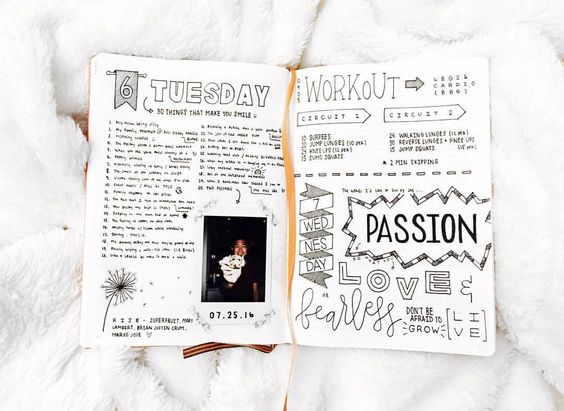
Image: @luckyletters
At the end of the day, review all of your tasks. Completed tasks can be marked as complete (x). Tasks that are no longer relevant can be crossed out completely. Incomplete tasks can either be migrated (<) to the following day, or scheduled (>) for a later date in the Future Log.
You now have one note book for everything. The Bullet Journal system is simple, practical and it actually works! And the best thing is, it’s completely flexible and can be tailored to suit your exact needs.
The Bullet Journal is a customisable and forgiving organisation system. It can be your to-do list, sketch book, note book and diary, but most likely, it will be all of the above. It will teach you to do more with less. bulletjournal.com
Remember to keep it simple when you first start bullet journaling. Fancy hand lettering and illustrations are not a requirement. The goal, after all, is organisation!
Grab some free bullet journal printables from my Planner Lovers Resource Library.
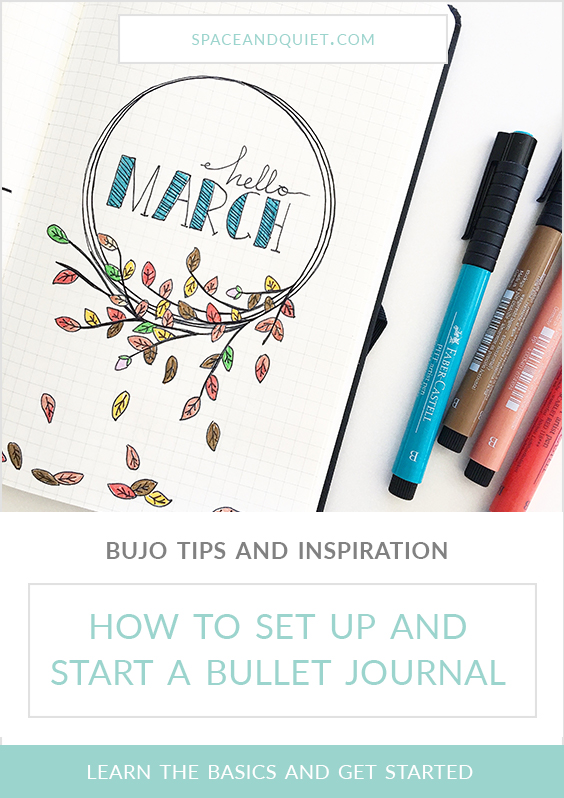

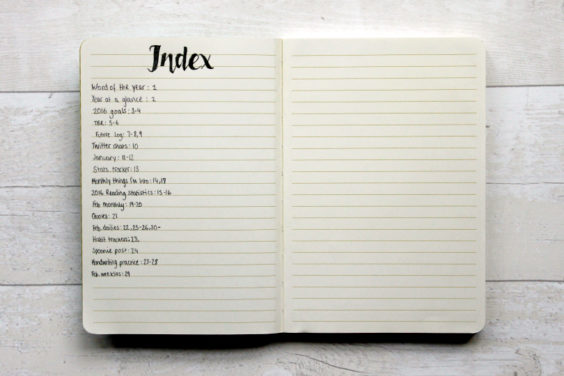
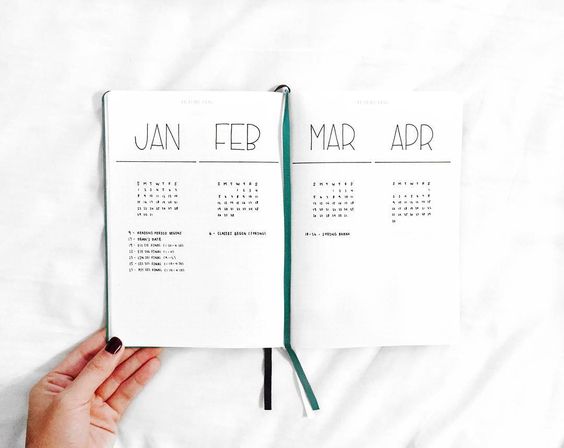
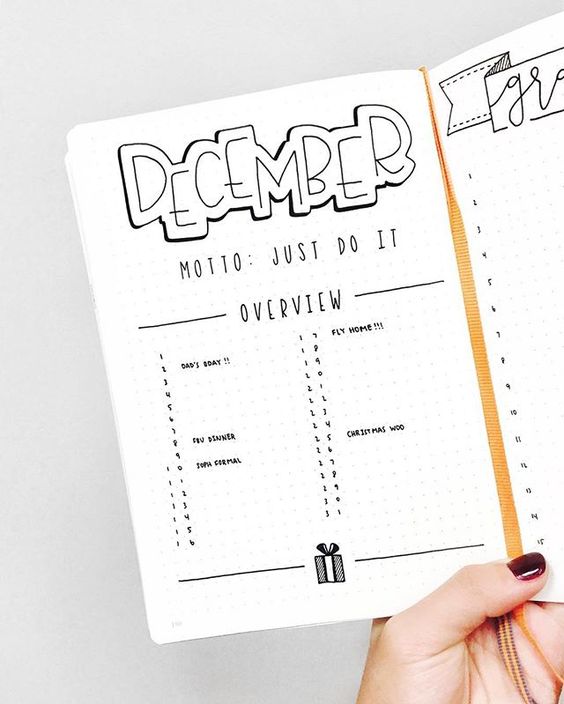
Leave a Reply